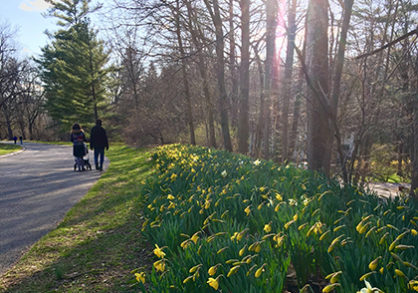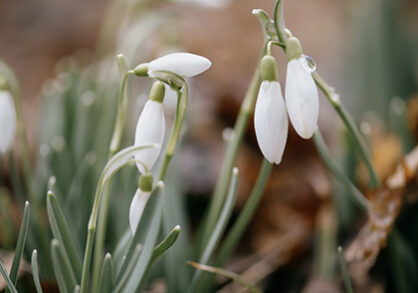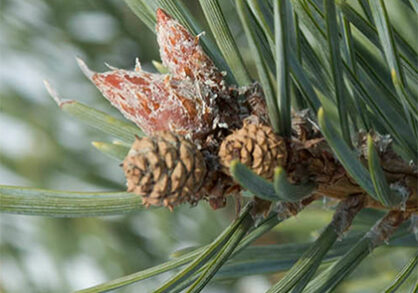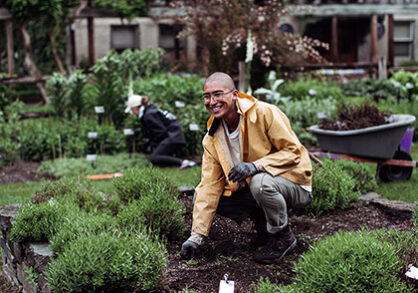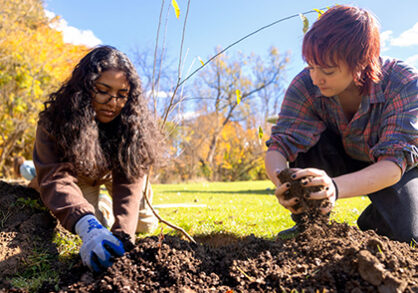CONNECTING PLANTS AND PEOPLES FOR A WORLD OF DIVERSITY, BEAUTY, AND HOPE.
FEATURED
Narcissus: A global symbol of spring, renewal, and resilience
People across cultures through the ages have been attracted to this springtime beauty, which has come to embody hope, resilience, and renewal.
How to Plan a Garden With Climate Change in Mind
New York Times – March 28, 2025
Sonja Skelly, director of education and academic initiatives, shares solutions to gardening in increasingly erratic weather, based on Cornell Botanic Gardens’ experience and practices.
UPCOMING EVENTS
Gardeners’ Labyrinths: On Plants, Poetry, and the Printed Book at Brian C. Nevin Welcome Center
William and Jane Torrence Harder Lecture Jessica Rosenberg, Associate Professor, Department of Literatures in English Why have printers and poets long seen an affinity...
Spring into the Gardens! at Brian C. Nevin Welcome Center
Come celebrate spring and National Public Gardens Week with plant and nature-inspired activities, a scavenger hunt, a bulb and houseplant sale (first come, first served), and...
Exploring the Trees of the Arboretum
Is your knowledge of trees limited to the ones in your backyard? Join our tree tour to learn about the wide diversity of tree species in the F.R. Newman Arboretum and why this...
Land Acknowledgement
Cornell University is located on the traditional homelands of the Gayogo̱hó꞉nǫ' (the Cayuga Nation), members of the Haudenosaunee Confederacy.
Our Diversity, Equity, and Inclusion Efforts
Cornell Botanic Gardens embraces and actively works to increase diversity among all the communities with which we engage.
Medicinal garden at Onondaga Nation School grows opportunity
Cornell Chronicle – November 14, 2024
Students in the Learning by Leading program engaged extensively with the Onondaga Nation School on native plants and design ideas.
Our Gardens and Natural Areas
We are responsible for the natural beauty of the Cornell University campus including cultivated gardens, an arboretum, and natural areas. Together these comprise one-third of campus, and with off-campus natural areas, a total of 3,600 acres.
WHAT TO SEE IN SPRING
As the temperature warms, flowering trees and shrubs and primrose blooms cover the landscape. By late spring our Rhododendron collection shines along with the opening of the gorges.

